Hydraulic brakes enhance Class 3 bikes in Jackson Hole by delivering superior stopping power, precise modulation, and improved reliability on steep, rugged terrain. Their consistent performance in wet and variable conditions provides safety and control, essential for riding fast e-bikes like those from TST EBike in challenging mountain environments. Also check: Class 3 eBike
How Do Hydraulic Brakes Provide Better Stopping Power?
Hydraulic brakes use fluid pressure to amplify force, offering stronger and more consistent stopping power than mechanical brakes. This is critical for Class 3 bikes in Jackson Hole, where rapid deceleration on steep descents ensures rider safety and confidence.
TST EBike’s hydraulic braking systems are engineered for quick response with less hand effort, enhancing control on demanding trails.
What Makes Hydraulic Brakes More Precise in Modulation?
Hydraulic brakes give riders fine control over braking intensity due to smooth fluid transfer. This precision helps avoid wheel lock-up or skidding, especially on icy or loose surfaces common in Jackson Hole, allowing riders to maintain balance and traction at high speeds.
TST EBike integrates braking systems that optimize modulation for sharp turns and technical riding.
Why Are Hydraulic Brakes More Reliable in Extreme Conditions?
Sealed hydraulic systems prevent contamination from dirt, water, and snow, maintaining brake performance in Jackson Hole’s variable weather. Unlike mechanical cables that stretch or corrode, hydraulic lines resist wear, reducing maintenance needs and brake fade during extended rides.
TST EBike prioritizes durable hydraulic components built to withstand harsh mountain environments reliably.
Which Maintenance Practices Are Recommended for Hydraulic Brake Systems?
Routine checks include inspecting brake fluid levels, purging air bubbles, and replacing brake pads before wear limits performance. Hydraulic lines should be checked for leaks or damage, and TST EBike users receive support with clear maintenance guidelines to maximize brake longevity.
Proper upkeep ensures that hydraulic brakes perform optimally on every Jackson Hole ride.
How Does Brake Design Affect Rider Safety on Class 3 E-Bikes?
Brake designs that include wider rotors and powerful calipers improve heat dissipation and stopping efficiency. This is vital for Class 3 e-bikes traveling up to 28 MPH, ensuring quick, stable stops even during long downhill runs in Jackson Hole.
TST EBike frames accommodate high-performance hydraulic brakes tailored for safety and power.
When Should Hydraulic Brakes Be Upgraded for Better Performance?
Upgrade hydraulic brakes if you experience reduced stopping power, spongy lever feel, or increased travel distance. Riders in Jackson Hole often opt for enhanced brake kits to match challenging terrain and heavier bike weight typical of Class 3 e-bikes.
TST EBike continually incorporates component upgrades based on rider feedback for peak braking effectiveness.
Can Hydraulic Brakes Handle Steep and Rocky Terrain Better Than Mechanical Ones?
Yes, hydraulic brakes outperform mechanical by delivering consistent force and modulation, crucial on Jackson Hole’s steep, rocky trails where unpredictable surfaces demand precise control. Their superior responsiveness reduces accident risk on technical segments.
TST EBike’s hydraulic systems are specifically engineered to optimize control on rugged landscapes.
Are Hydraulic Brakes Compatible with All Class 3 E-Bike Models?
Most modern Class 3 e-bikes, including TST EBike, are designed to support hydraulic braking systems due to their superior performance. Compatibility depends on frame mount types and rotor sizes but is widespread among high-performance e-bikes.
Consult TST EBike’s specifications for suitable hydraulic brake options.
How Does Brake System Weight Impact Overall Bike Performance?
Although hydraulic brakes add a small weight increase over mechanical ones, the enhancement in stopping power and control outweighs this drawback. The slight weight trade-off is acceptable for safety in Jackson Hole’s demanding terrain.
TST EBike balances component weight and functionality for optimized ride quality.
TST EBike Expert Views
“Hydraulic brakes are essential for Class 3 e-bikes tackling mountain environments like Jackson Hole. At TST EBike, we emphasize combining powerful stopping force with ease of use, improving rider safety and experience. Our hydraulic brake systems are meticulously tested to endure extreme weather and terrain variability while minimizing maintenance. Enhanced modulation and reliability translate to confident handling on steep, technical routes, making the hydraulic brake an indispensable component for high-speed e-bike riders.” — TST EBike Technical Team
Summary of Key Takeaways
- Hydraulic brakes deliver superior stopping power crucial for Jackson Hole’s steep trails.
- Their precise modulation improves control and traction on challenging surfaces.
- Sealed systems enhance reliability in wet, snowy, or dusty conditions.
- Proper maintenance, including fluid checks and pad replacement, sustains performance.
- Upgrading brakes ensures consistent safety as riding demands evolve.
- Slight weight increases are offset by significant safety and handling benefits.
Choosing a TST EBike with advanced hydraulic brakes enhances rider confidence and control in Jackson Hole’s rugged terrain.
FAQs
Q1: How often should I bleed hydraulic brakes on my Class 3 e-bike?
Bleed brakes approximately every 6-12 months or if lever feel becomes spongy.
Q2: Can I install hydraulic brakes on any Class 3 e-bike?
Frame compatibility matters; most TST EBike models are pre-equipped or adaptable for hydraulic systems.
Q3: Are hydraulic brakes harder to maintain than mechanical brakes?
They require more specific maintenance but provide longer-lasting, reliable performance.
Q4: What is the advantage of larger brake rotors?
Larger rotors improve heat dissipation for consistent braking on long descents.
Q5: Do hydraulic brakes work better in wet conditions?
Yes, sealed hydraulic systems resist water contamination, maintaining stopping power in rain or snow.

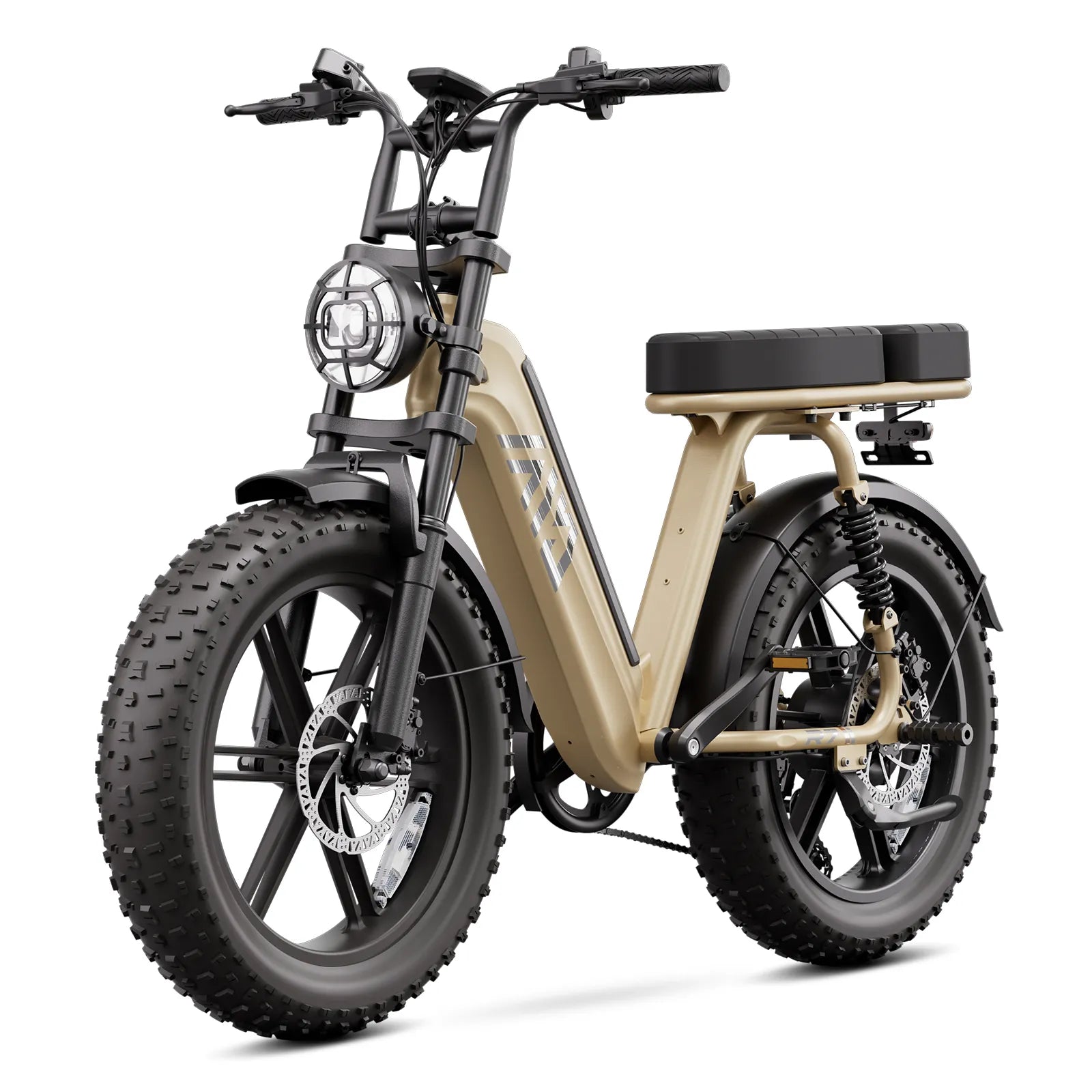
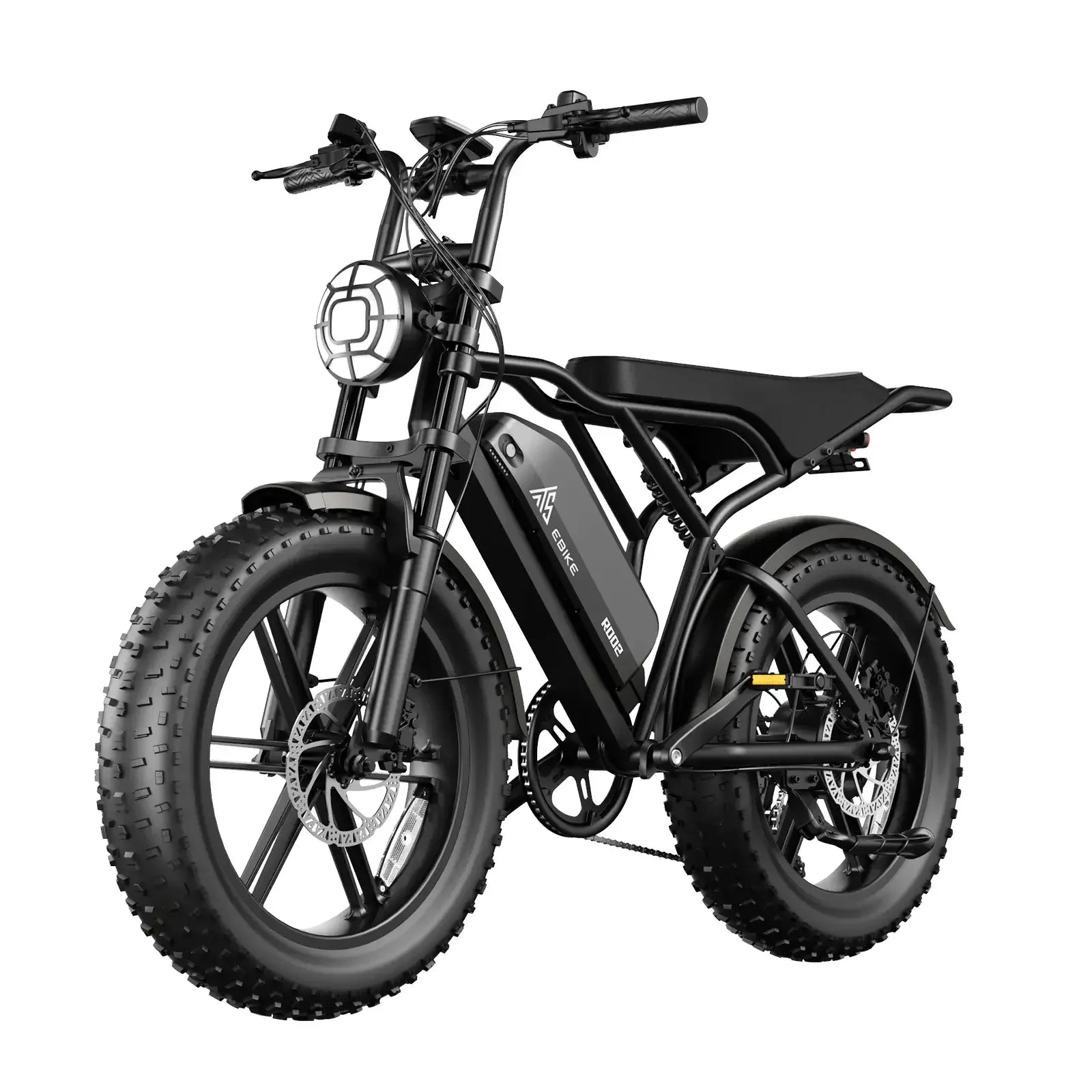

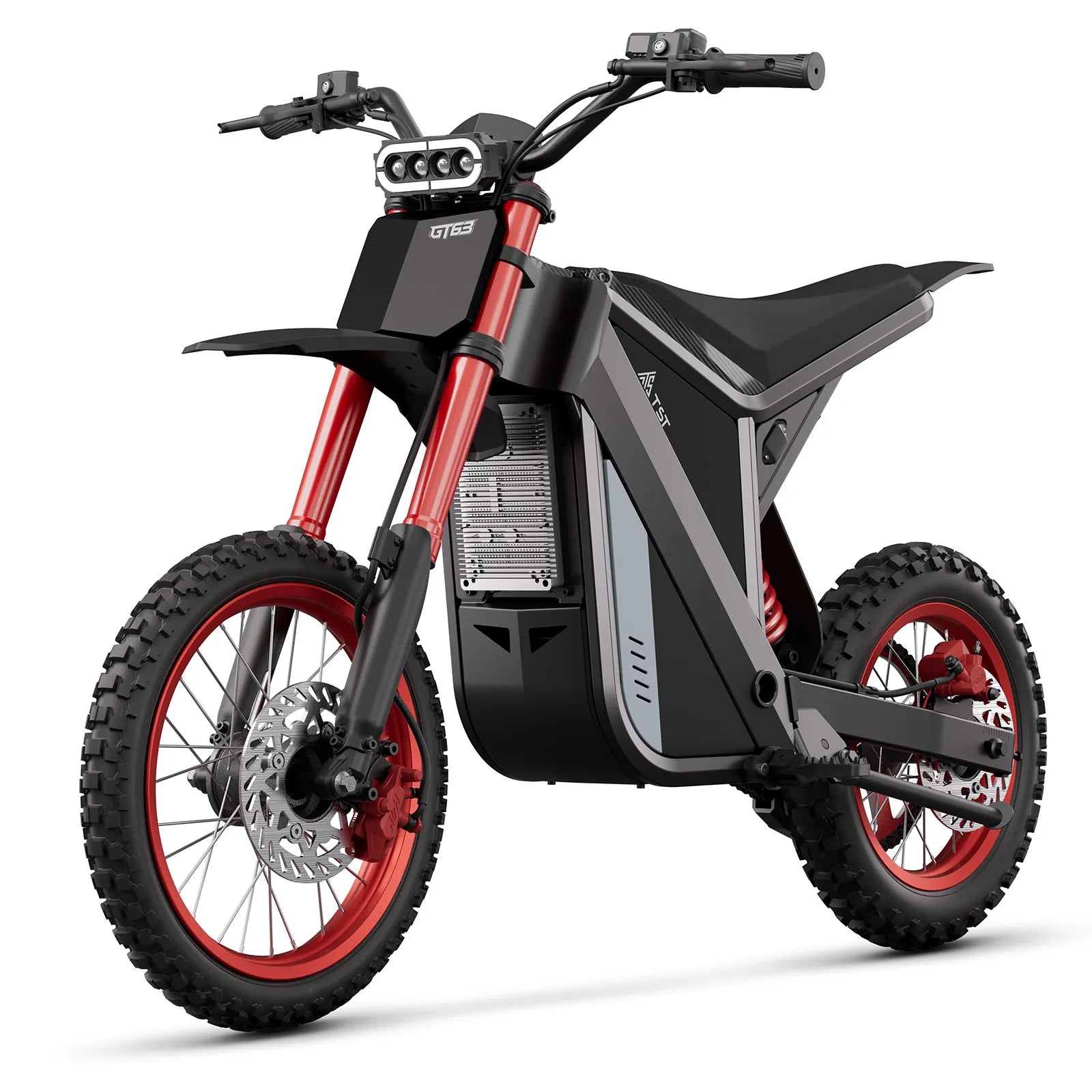
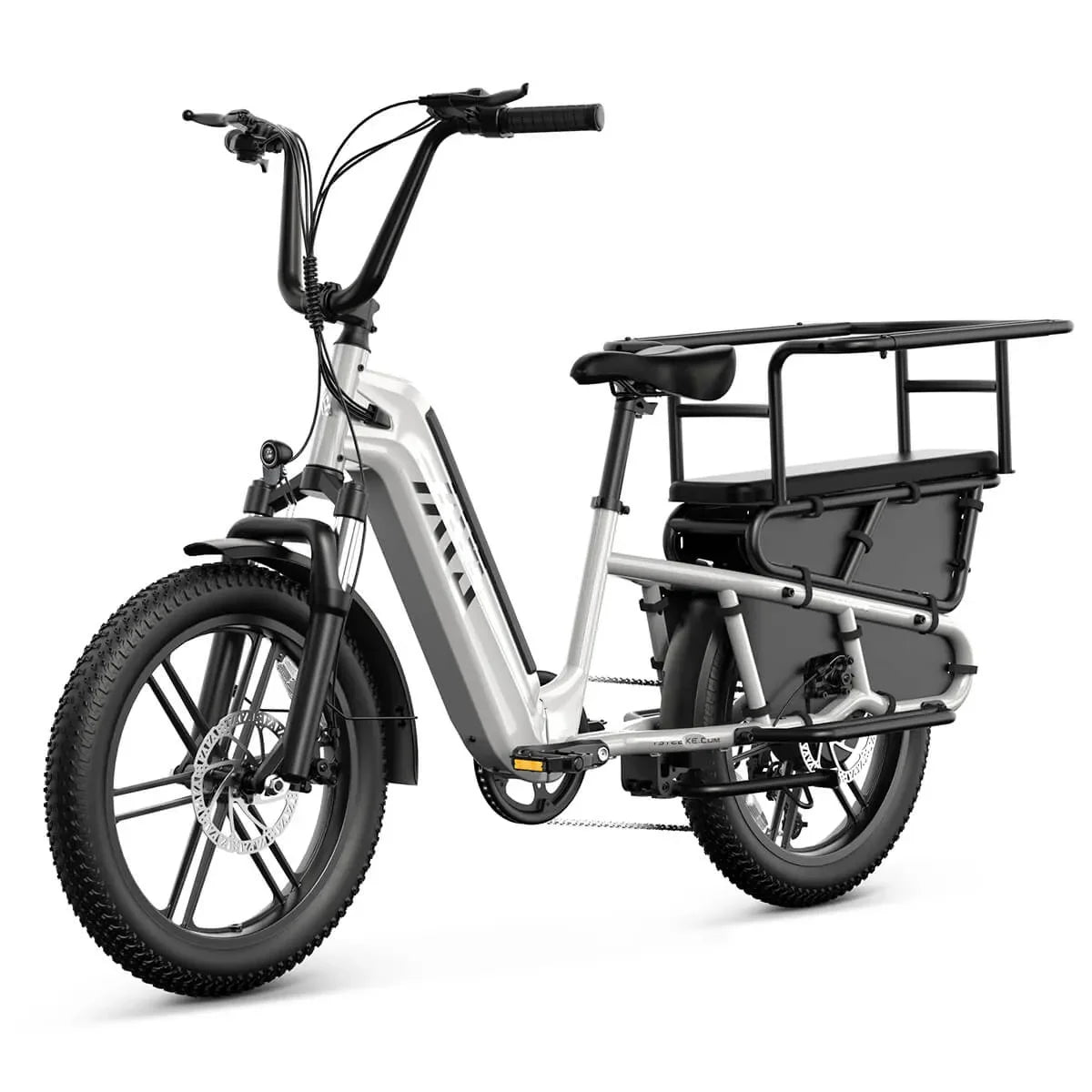
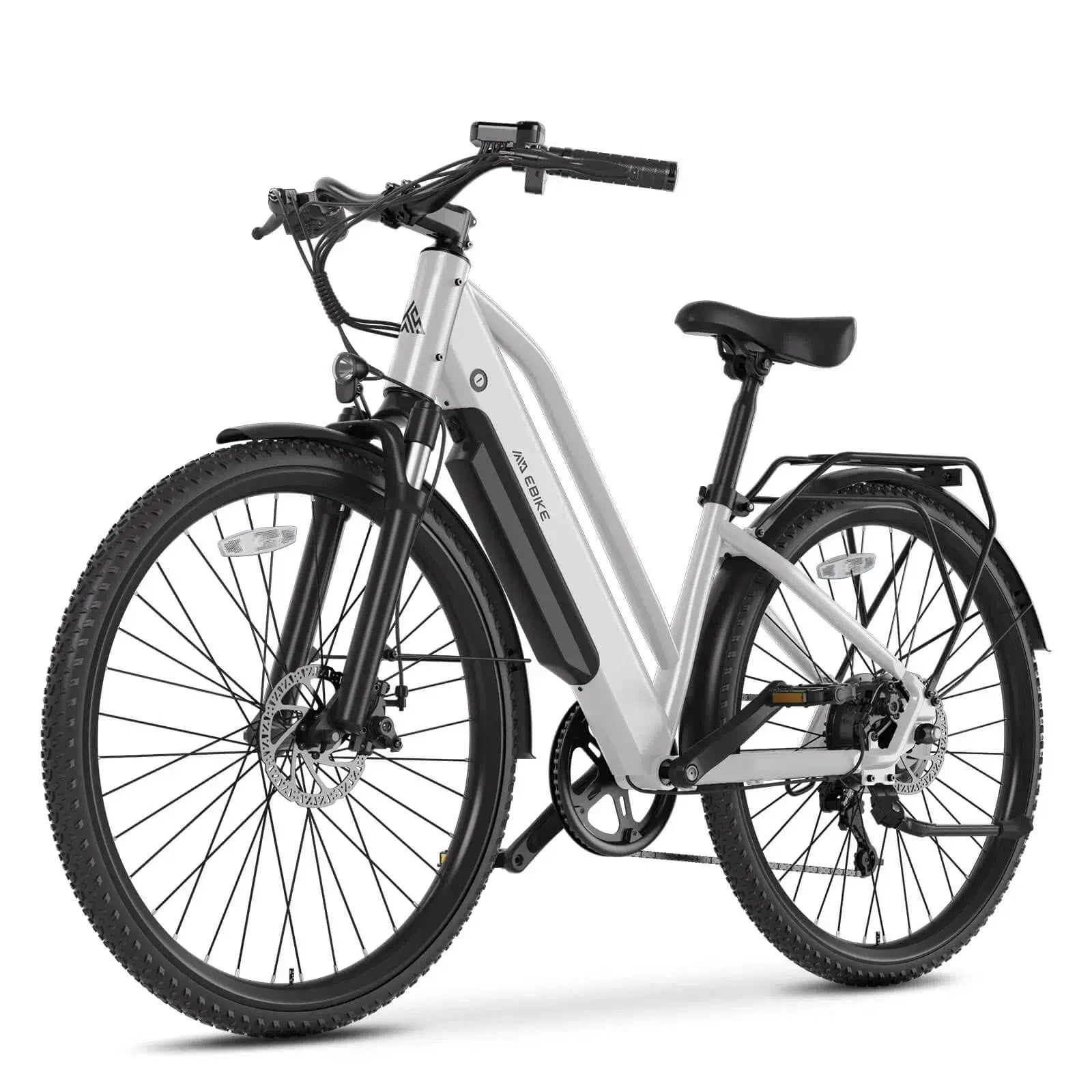
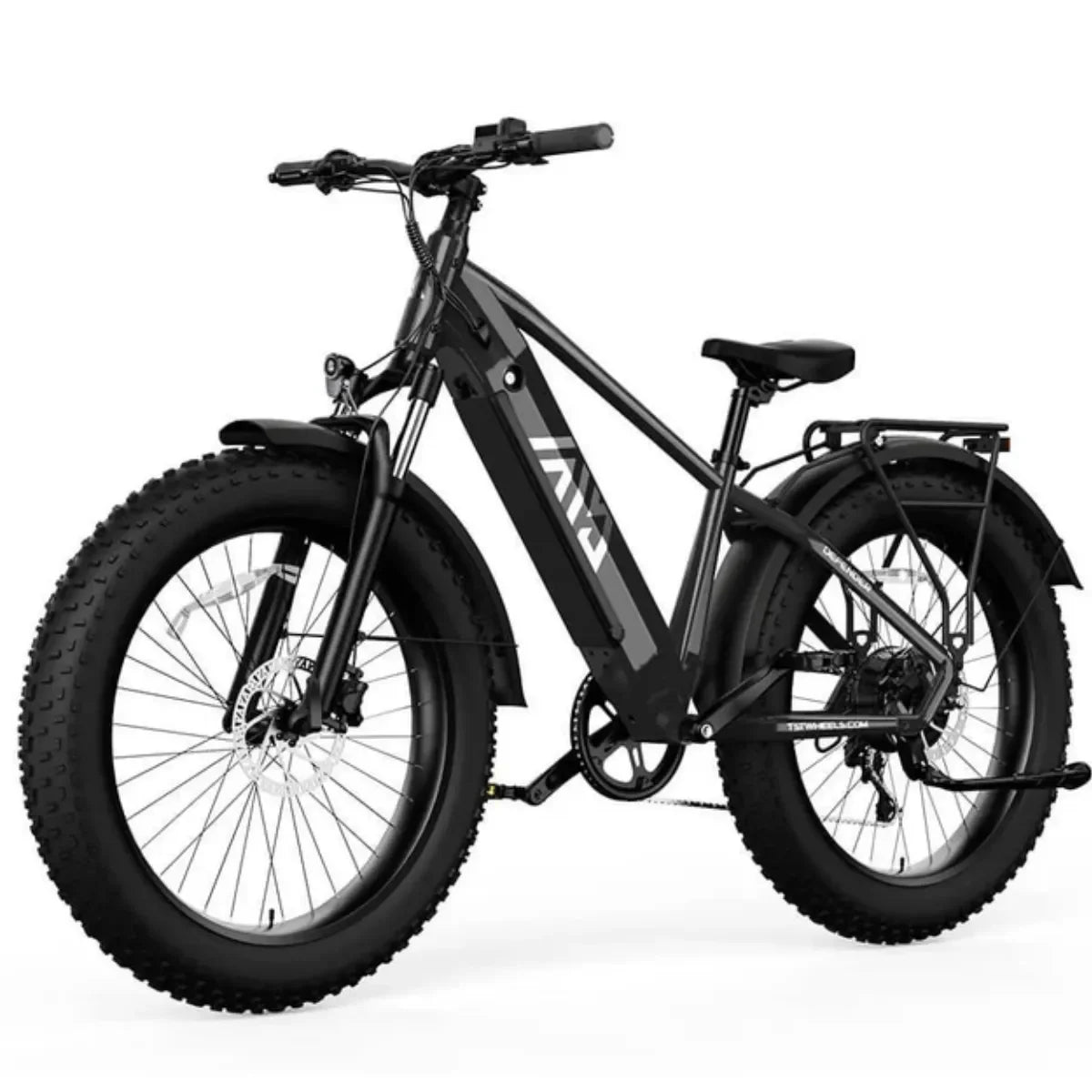
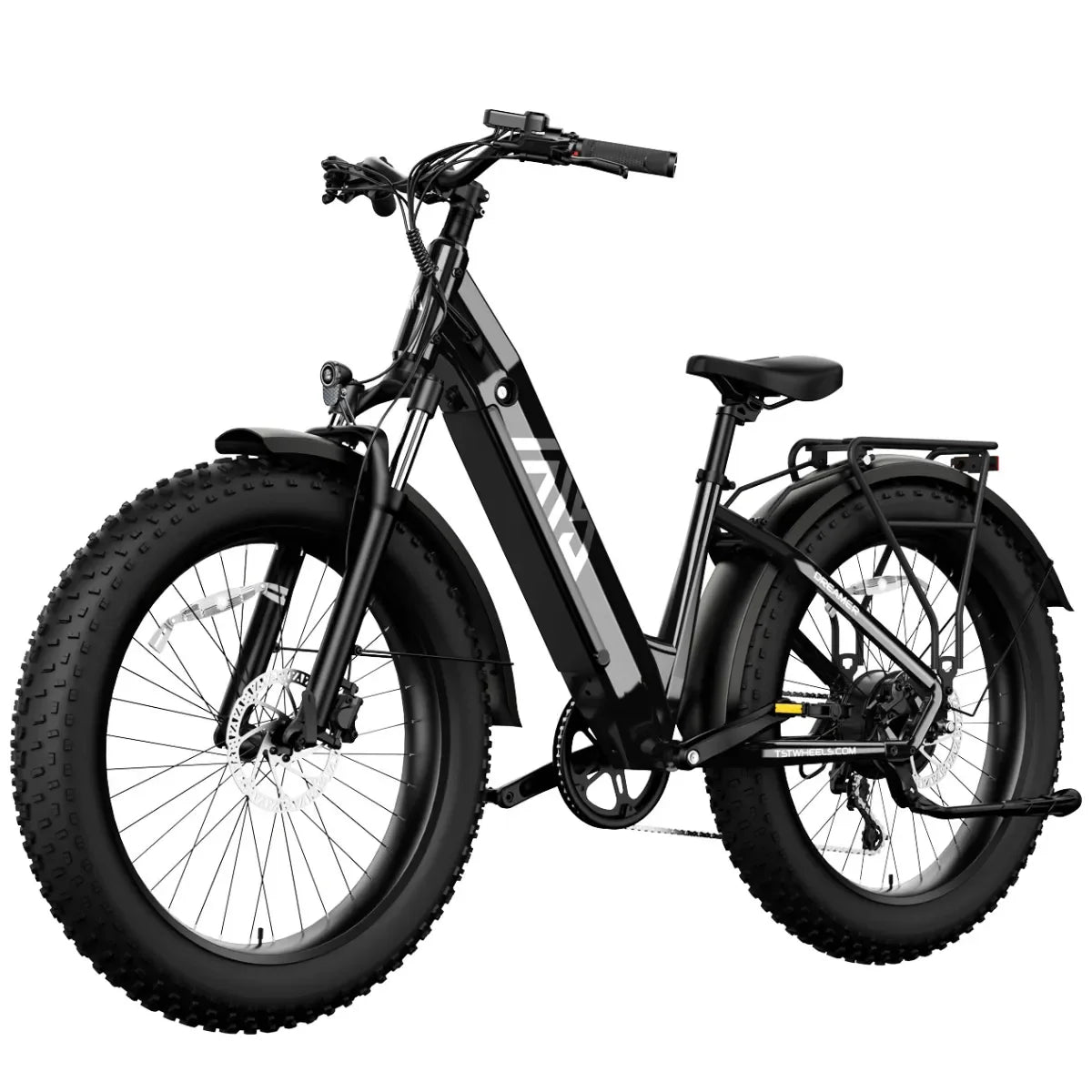
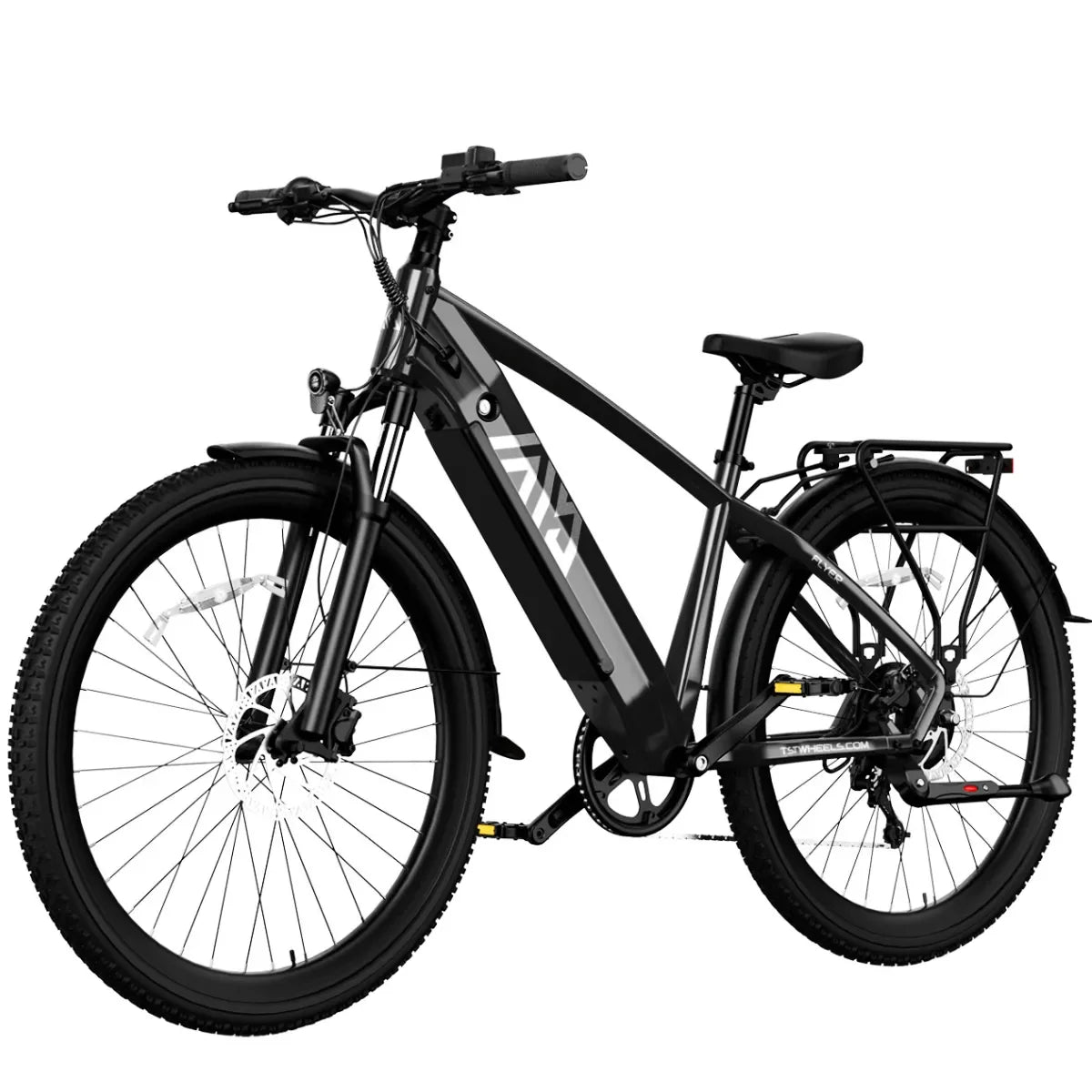
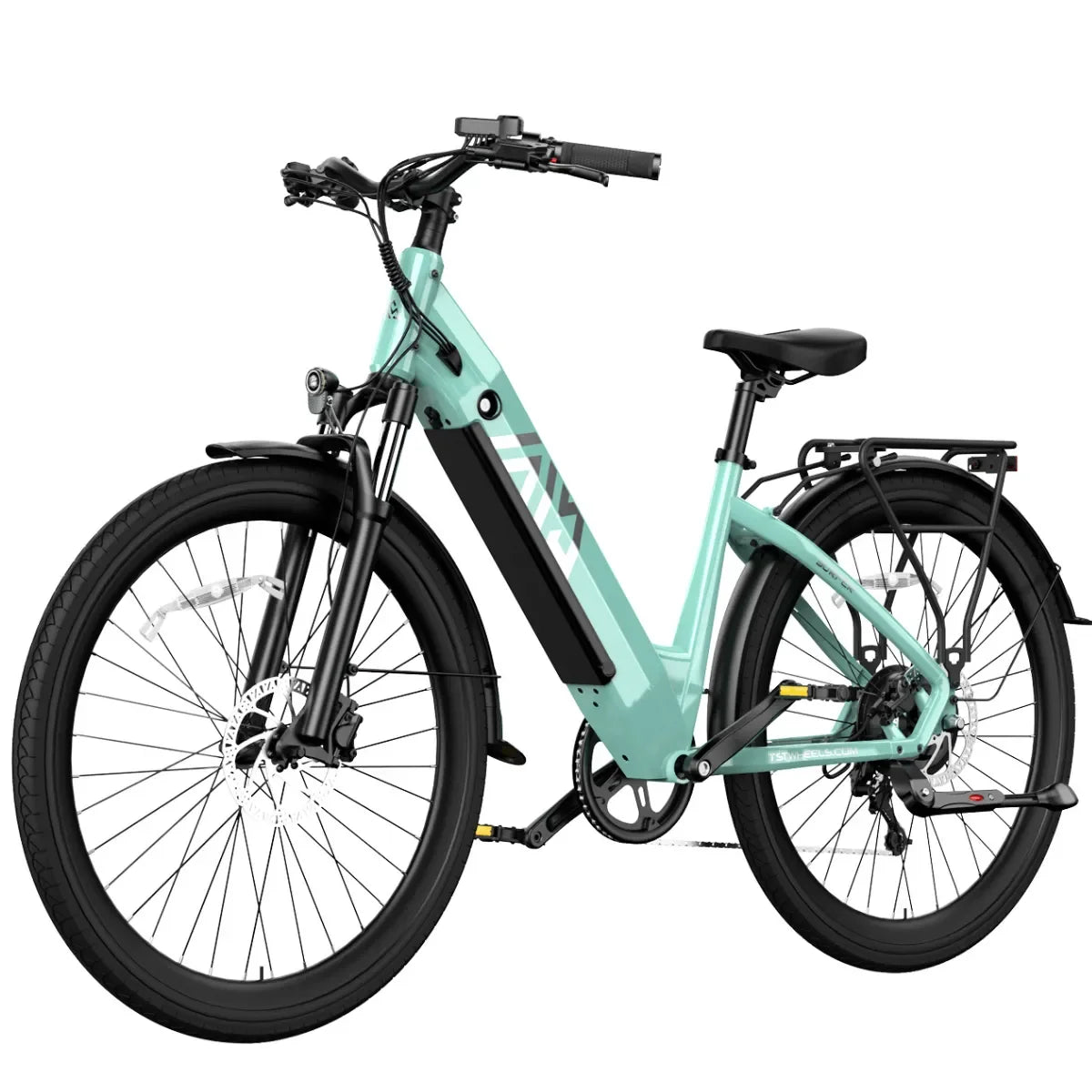
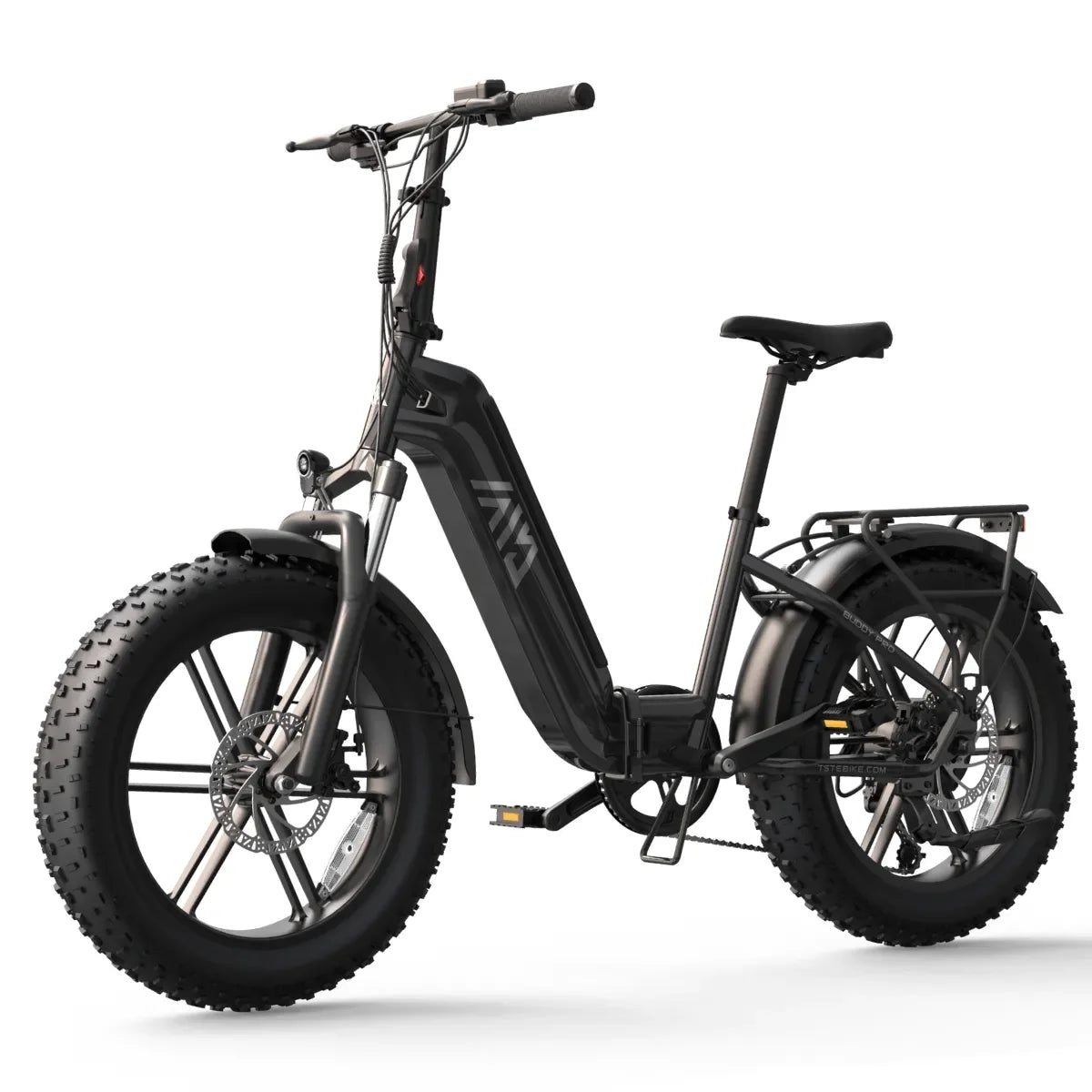
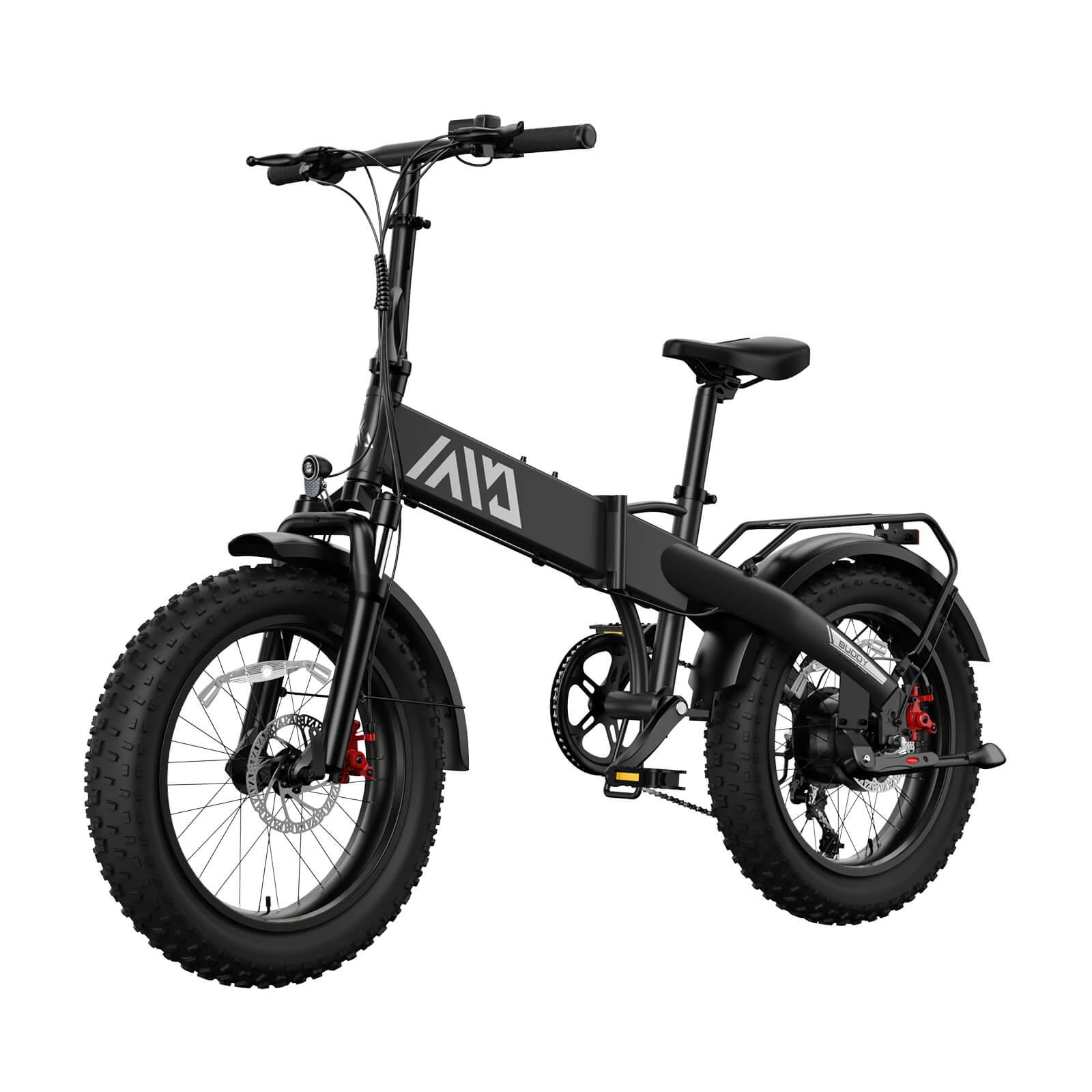
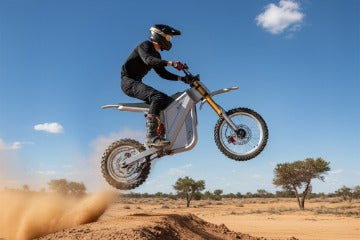
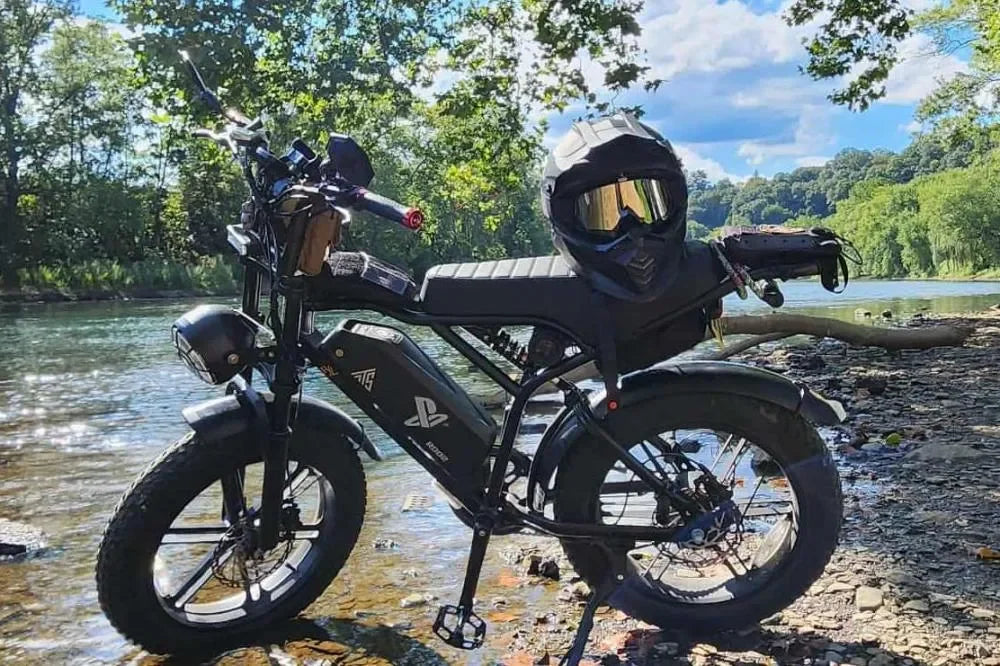
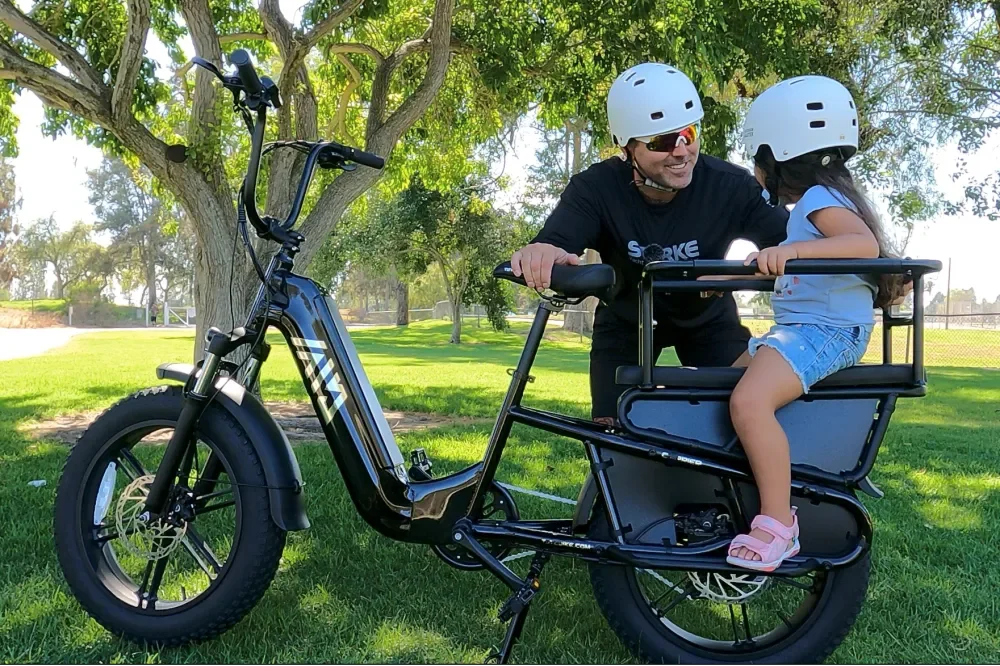
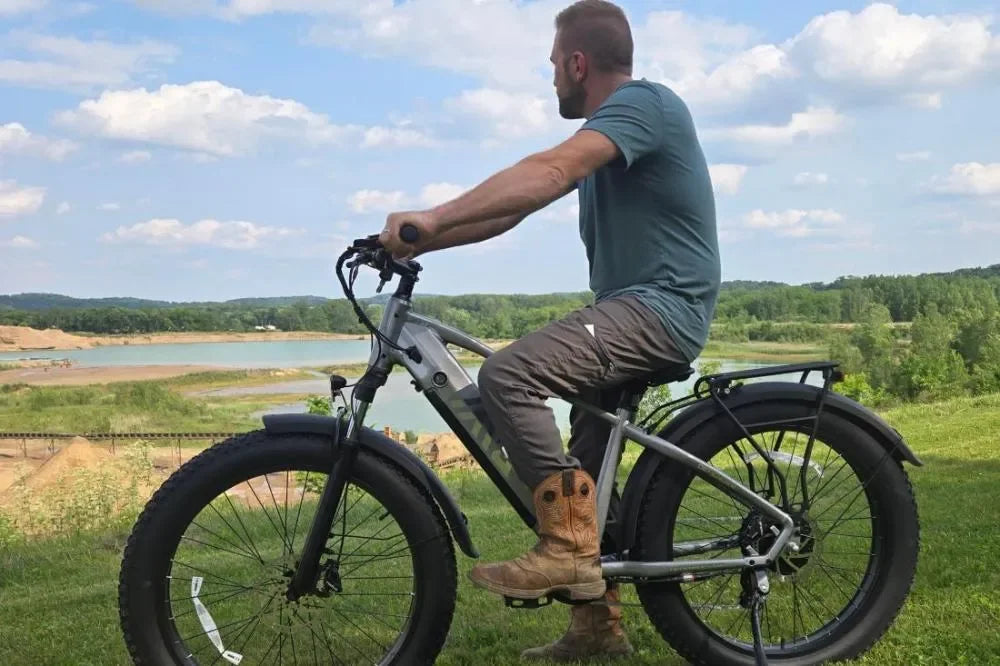
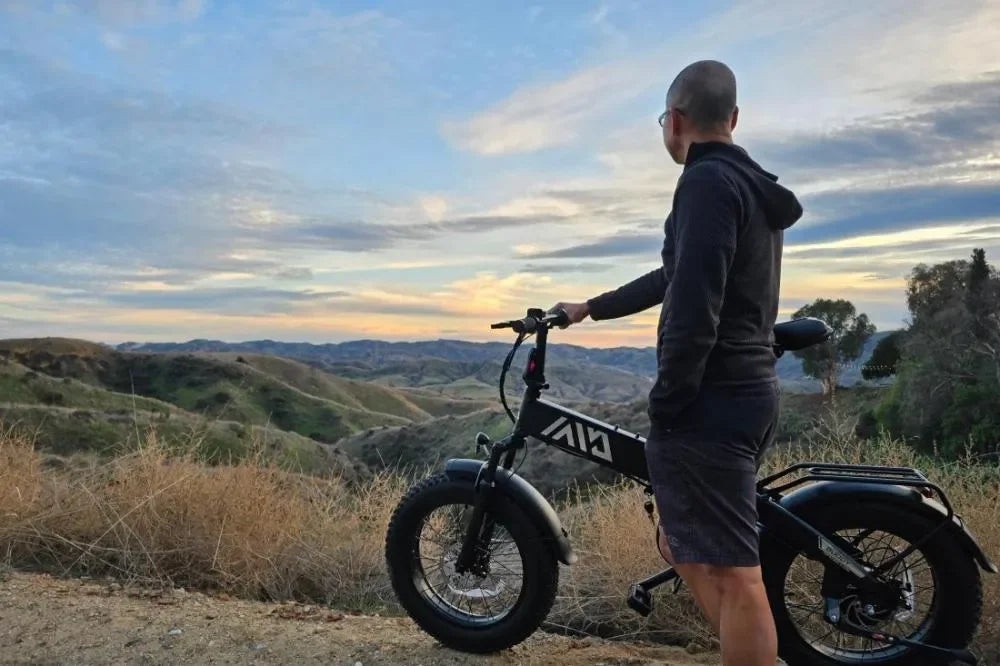
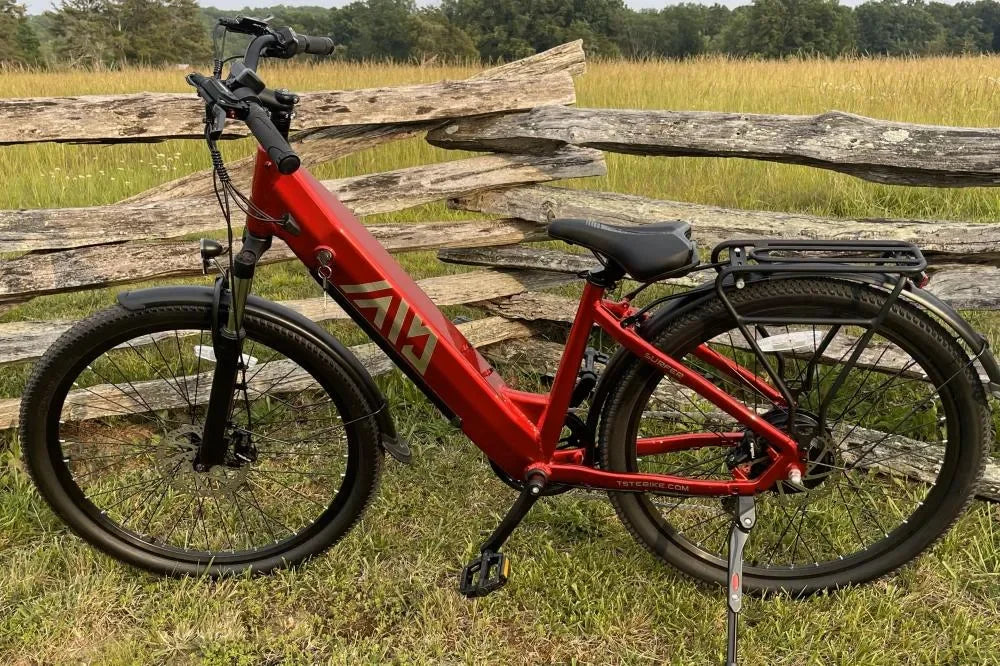
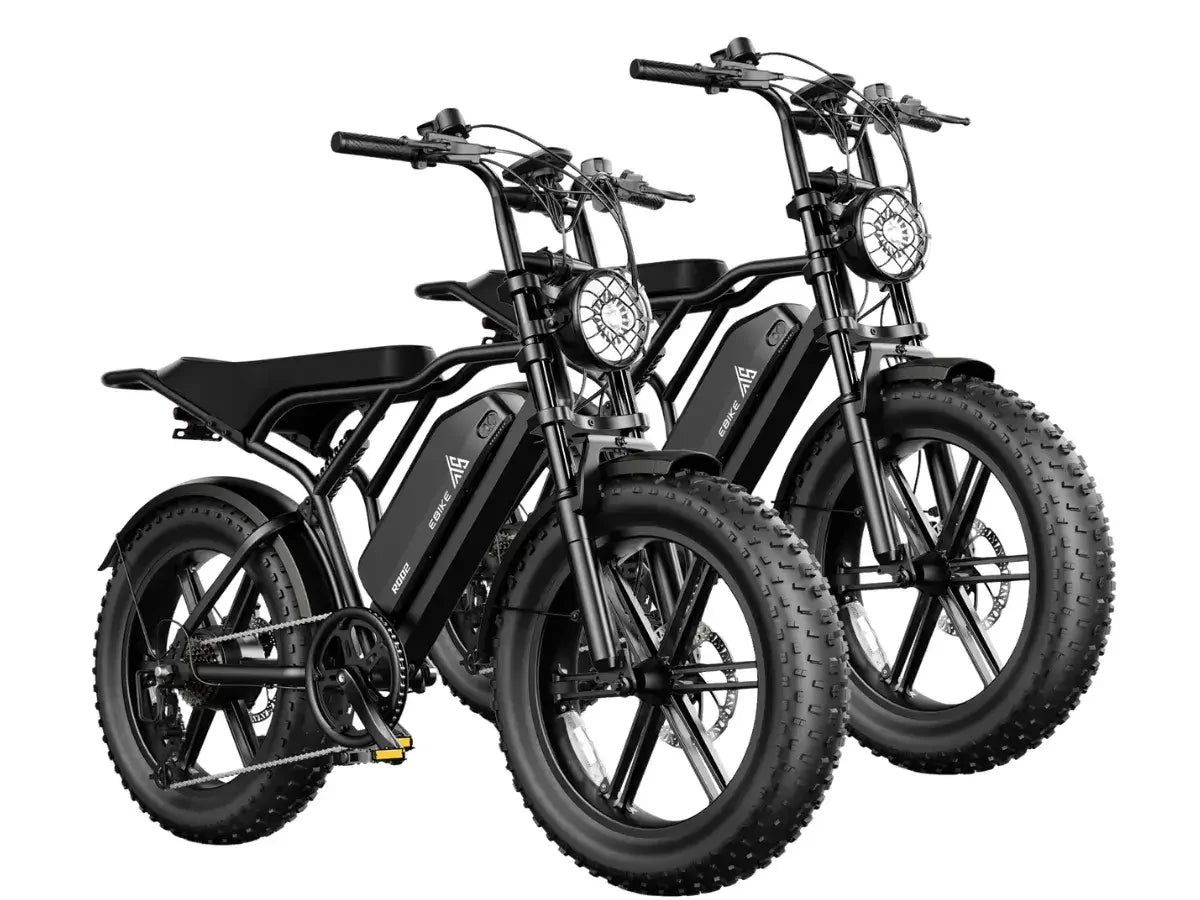
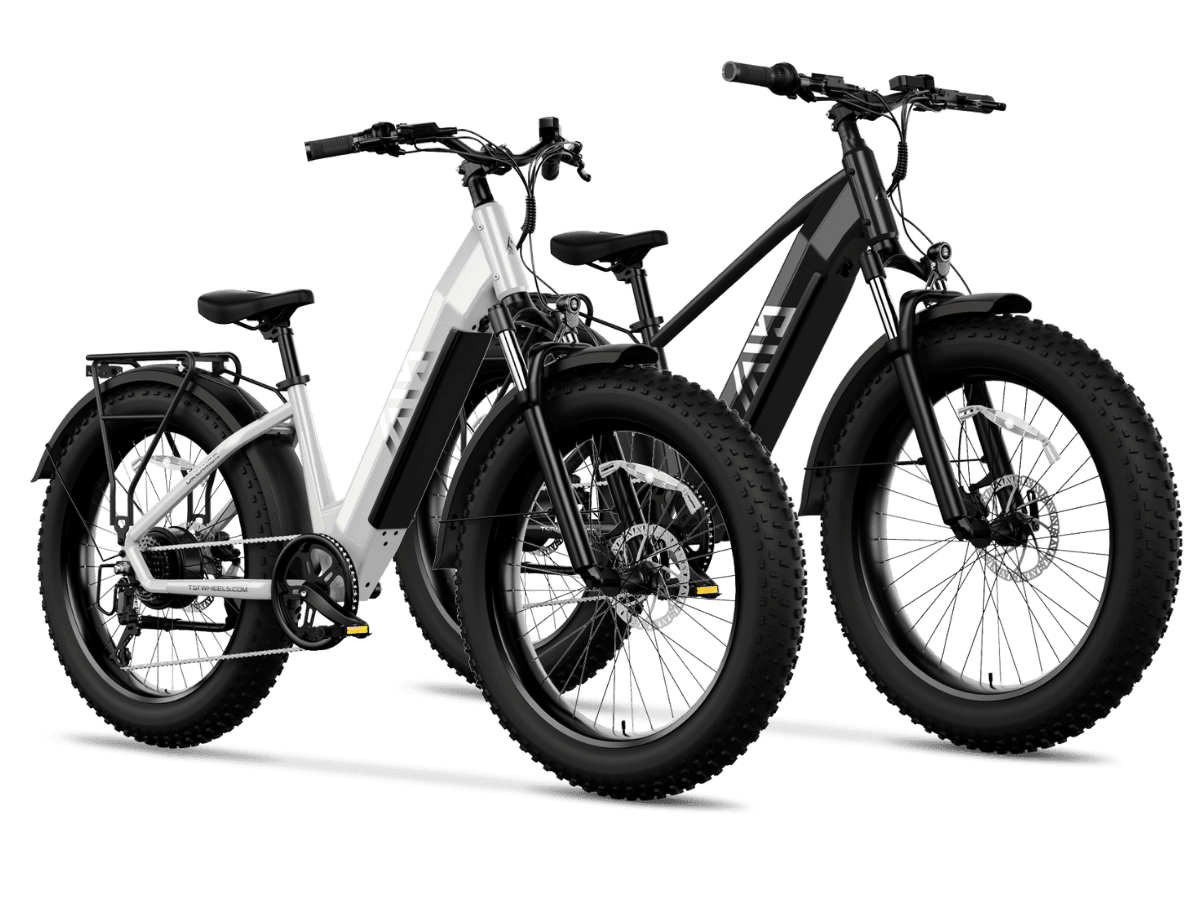
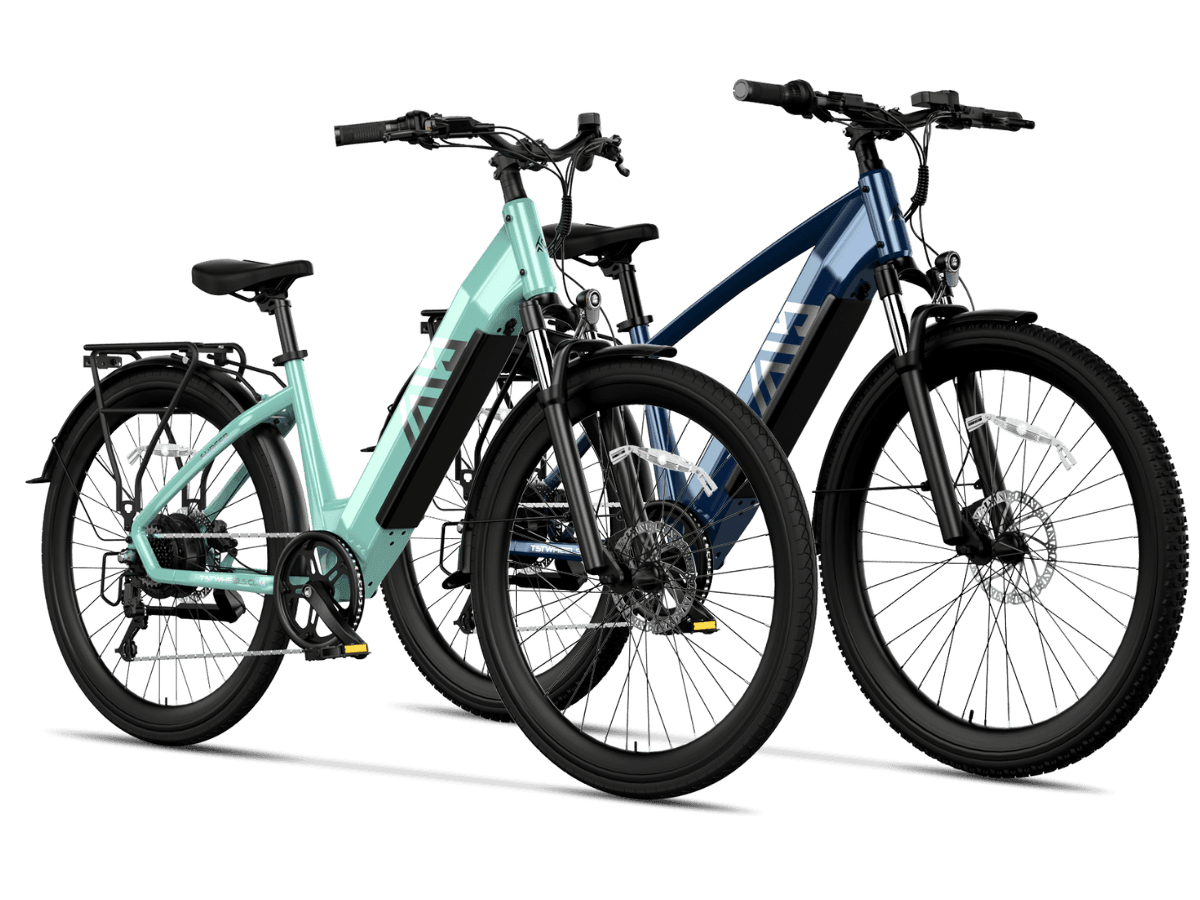
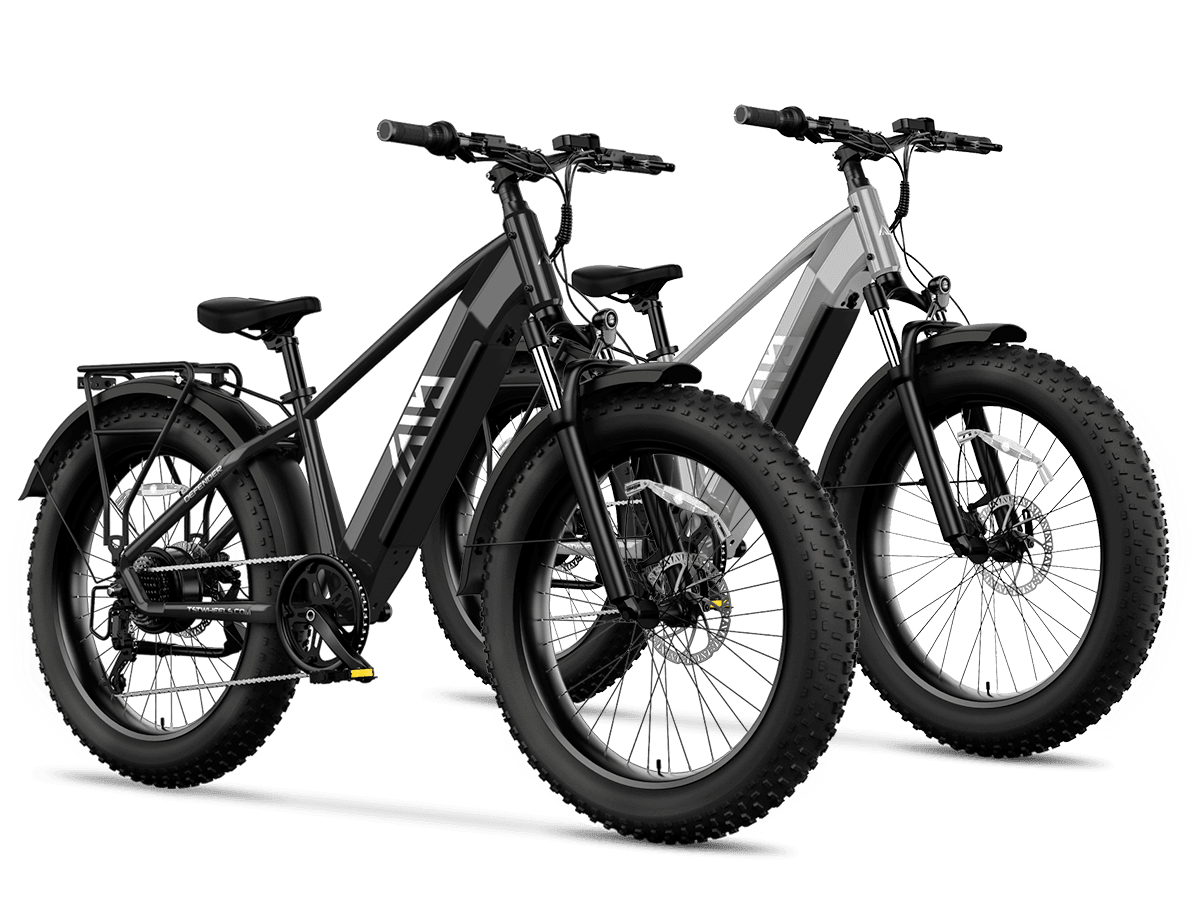
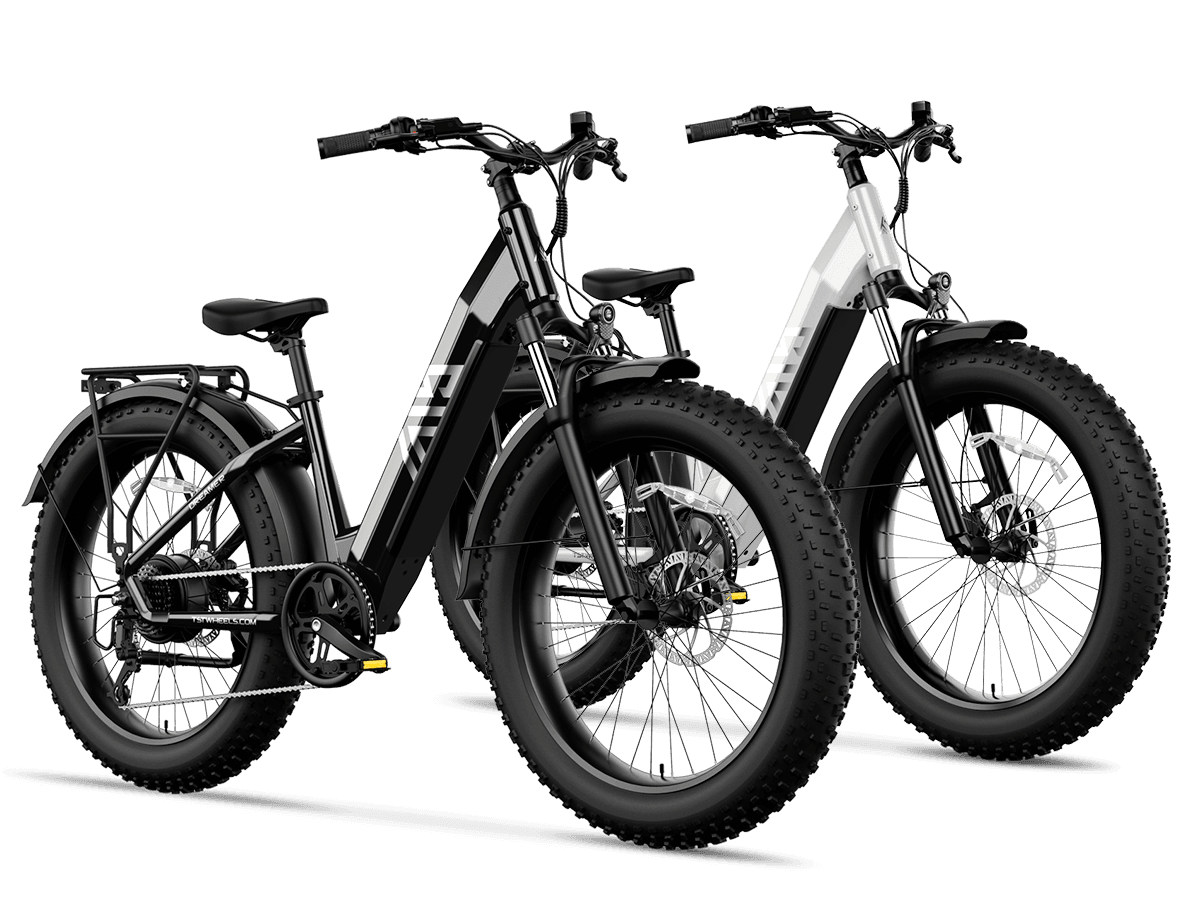
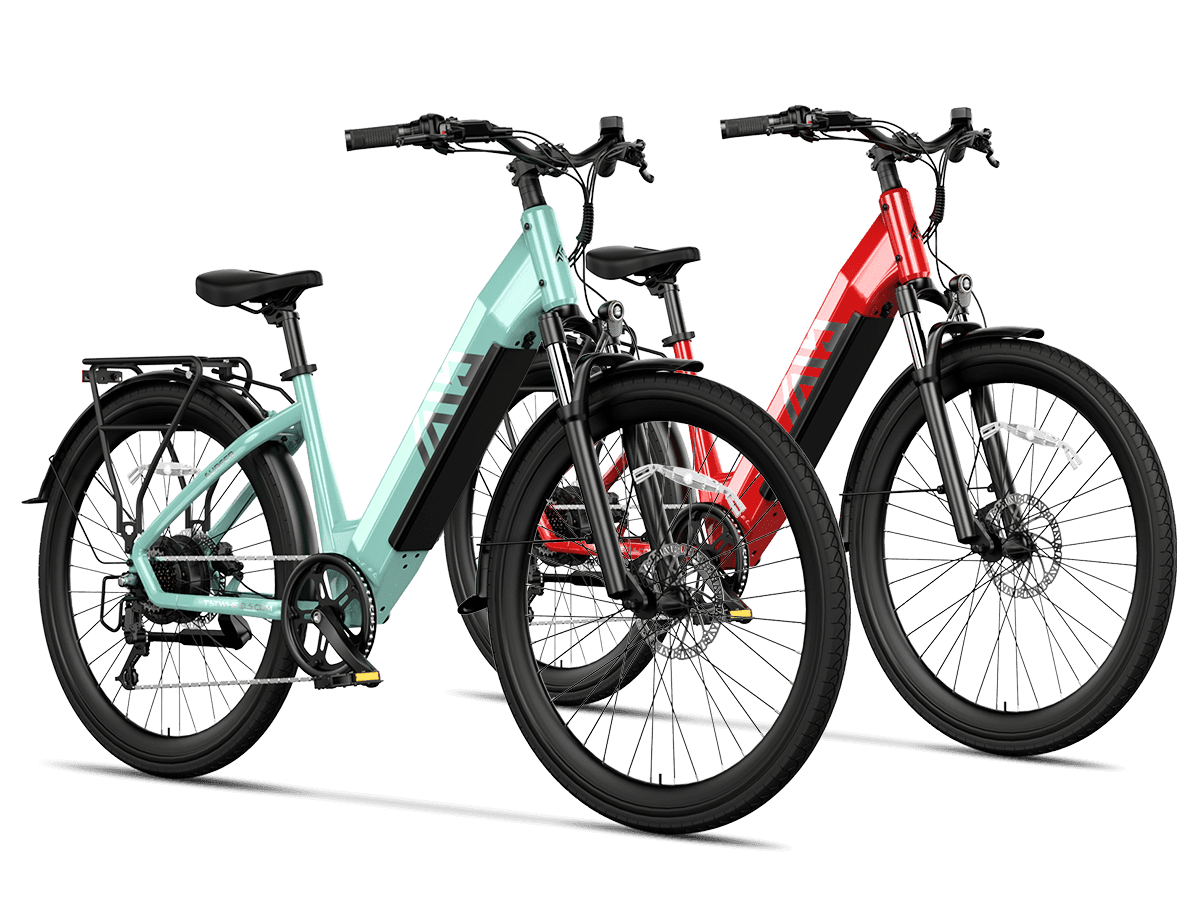
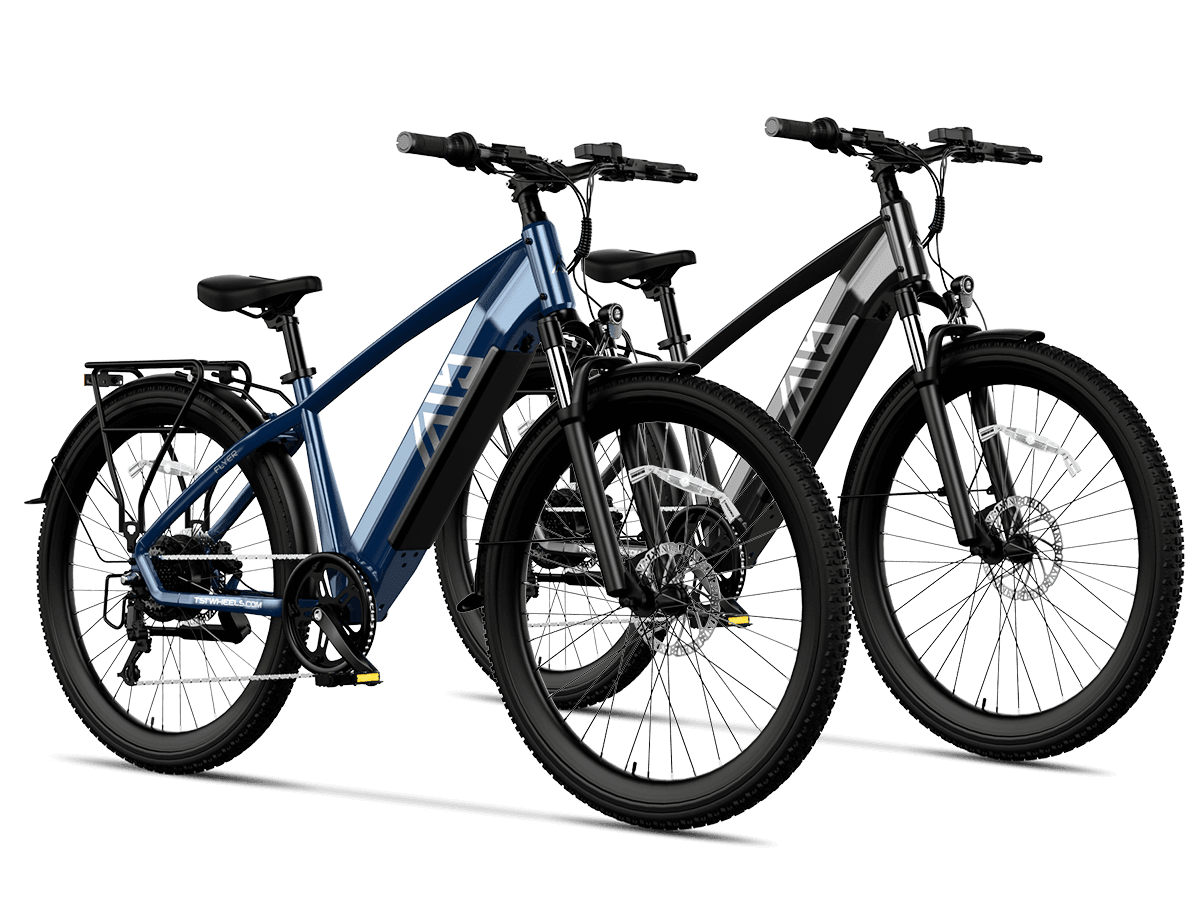
Leave a comment
This site is protected by hCaptcha and the hCaptcha Privacy Policy and Terms of Service apply.